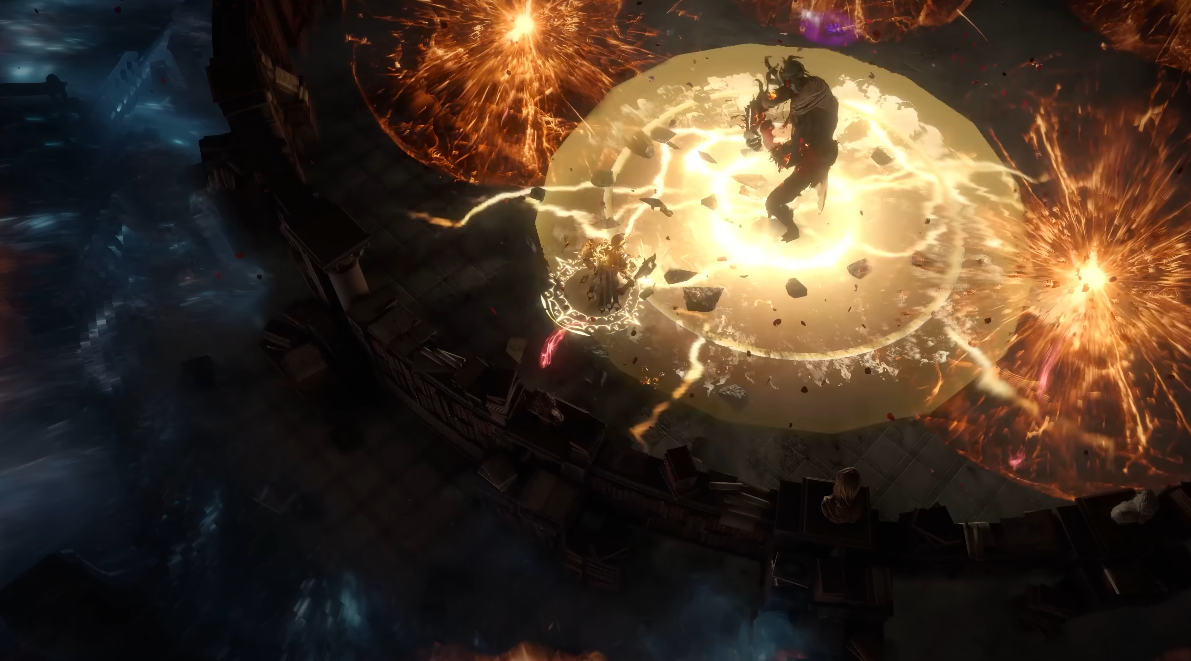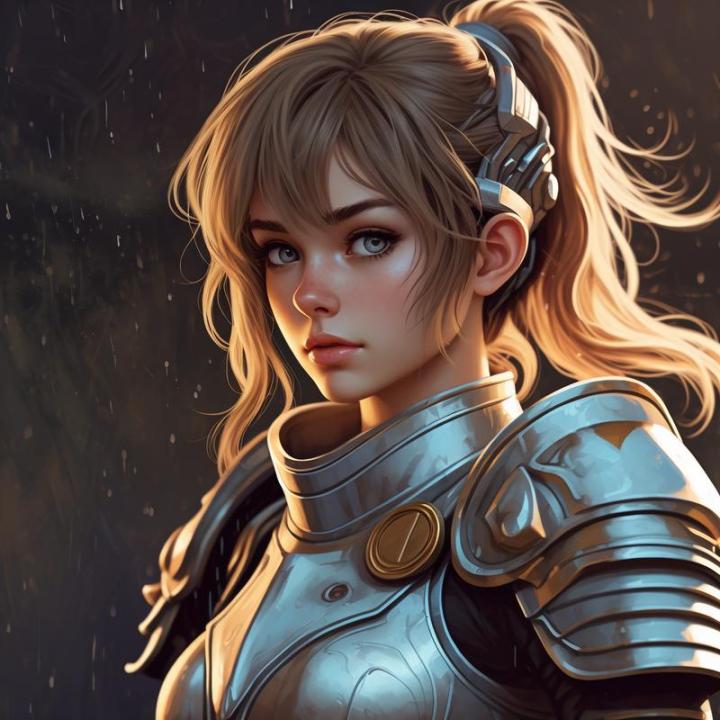Notifications

10 minutes, 57 seconds
-73 Views 0 Comments 0 Likes 0 Reviews

When Path of Exile 2 first burst onto the ARPG scene with its long-anticipated early access launch, expectations were sky-high. After all, its predecessor isn’t just a cult hit—it’s a defining title in the action RPG genre, often spoken of in the same breath as Diablo II for its complexity, depth, and fiercely loyal community.
Now, as Grinding Gear Games (GGG) prepares to launch the third league of Path of Exile 2, the game stands at a pivotal crossroads. The upcoming season will not only serve as a much-needed content injection but also as a proving ground for GGG’s ambitious plan to run PoE1 and POE2 Currency in tandem, with alternating seasonal updates. It’s a bold strategy that, if successful, could reshape how live-service ARPGs are maintained—and how their communities thrive.
From Disruption to Rhythm: The Return to GGG’s Intended Update Cycle
The months following PoE2’s early access debut were anything but smooth. Technical hiccups, balance complaints, and a mixed reception to certain updates—most notably the Dawn of the Hunt patch—cast early doubts on the sequel's trajectory. Yet amidst this, GGG remained transparent about its growing pains, assuring fans that these were temporary hurdles on the road to long-term stability.
With Path of Exile 1’s Secrets of the Atlas expansion now in the rearview, Grinding Gear Games is refocusing its energies on PoE2’s future. The developer confirmed that Path of Exile 2 Season 3 will mark the return to their originally intended schedule: both games operating side by side, but on staggered seasonal cycles.
For fans, this means fresh content arriving more regularly, without either game cannibalizing the spotlight of the other. It’s an unprecedented approach in the ARPG space—akin to Blizzard running Diablo III and IV simultaneously with unique seasonal content for both. Whether this gambit pays off depends heavily on how well PoE2 Season 3 resonates with players.
The Promise of Path of Exile 2 — And Its Bumps Along the Way
There’s no denying that Path of Exile 2 launched under enormous pressure. Its predecessor carved a niche for players hungry for depth and challenge, with intricate systems like the sprawling passive skill tree, deep crafting mechanics, and trade-centered economy. PoE2 promised to retain that DNA while modernizing systems, improving visual fidelity, and streamlining clunky mechanics.
On some fronts, it delivered admirably. The revamped combat system introduced a tighter, more responsive feel. The class system, while reminiscent of the original, introduced nuances that allowed for hybridized builds and more flexible experimentation. Visually, PoE2 is stunning—lighting effects, animations, and environmental design all show a developer at the top of its game.
However, growing pains were inevitable. The Dawn of the Hunt update, though content-rich, faced criticism for feeling rushed and under-tested. Balance issues, particularly in boss encounters and endgame scaling, became a flashpoint for frustration. Yet, even in critique, many recognized the underlying strength of PoE2’s core systems. The groundwork is there—the challenge lies in refining and building upon it.
Season 3: More Than Just a Content Drop
Season 3 isn’t just another league—it’s PoE2’s chance to prove it can sustain a thriving seasonal model like its predecessor. For the uninitiated, Path of Exile’s seasonal leagues aren’t simple event windows. They bring sweeping changes, introduce new mechanics, and often recontextualize the entire gameplay loop. In PoE1, leagues like Delirium or Metamorph became permanent staples of the game’s ecosystem due to their popularity.
For PoE2, this is where the stakes are even higher. The upcoming league is tasked with not only delivering compelling new content but also re-establishing player trust. After a bumpy start, players are watching closely to see if GGG can hit the high bar it set for itself.
What exactly Season 3 will bring remains under wraps at the time of writing, but based on GGG’s league history, fans can expect a combination of new league mechanics, fresh endgame content, unique rewards, and system refinements based on community feedback. If successful, this could solidify PoE2’s status as a worthy successor—and not just a spin-off trying to find its footing.
The Dual-Game Strategy: Ambitious or Overextended?
One of the most intriguing—and potentially risky—decisions Grinding Gear Games has made is the commitment to maintain both Path of Exile 1 and Path of Exile 2 as live games. Unlike the typical sequel model where the new game replaces the old, PoE2 coexists with its predecessor, with both games receiving alternating seasonal updates.
This dual-game strategy is ambitious for several reasons:
Community Division Risks:
There’s always the danger of splitting the player base. Will fans of PoE1 migrate to PoE2? Or will they stubbornly stick to the familiar systems they love? Running both games risks diluting the community if not managed carefully.
Development Bandwidth:
Maintaining two live games with independent seasonal content requires vast resources. GGG is a capable studio, but even the most seasoned developers can struggle with such demands. Consistent quality across both titles is paramount.
Economic Balance:
PoE1’s economy is famously intricate and community-driven. Mirroring or evolving that economy in PoE2—without causing inflation, devaluation, or exploits—will be a monumental balancing act.
Yet, if anyone can pull this off, it’s Grinding Gear. Their track record with PoE1 suggests a deep understanding of what keeps an ARPG community engaged over the long haul. The real test is whether they can apply that mastery in a two-game environment.
Looking Forward: Can PoE2 Become a Genre Titan?
When Path of Exile launched in 2013, it was the scrappy underdog—a free-to-play ARPG from an indie studio that dared to challenge Diablo III. Over the years, it became a genre-defining titan, lauded for its complexity, challenge, and endless build diversity. Now, Path of Exile 2 stands in a similar spot—but the competition is fiercer, and expectations higher.
Games like Diablo IV have upped the ante with massive budgets and polished execution. Indie challengers like Last Epoch have gained traction with their accessible mechanics and rapid iteration. In this crowded field, PoE2 must carve its own identity—not just as a continuation of PoE1, but as a fresh experience worthy of its own legacy.
Season 3 is the first big opportunity to do that. A strong, well-received league can reignite enthusiasm, bring lapsed players back, and attract new ones curious about what makes PoE2 special. More importantly, it gives Grinding Gear Games a chance to show that despite early missteps, they’re still the master craftsmen of the ARPG genre.
The Verdict: A Cautious but Hopeful Future
No early access launch is perfect, and Path of Exile 2 is no exception. But what matters is how a studio responds—and thus far, Grinding Gear Games has shown a willingness to listen, adapt, and push forward. With the upcoming Season 3 and the return to a regular update cadence, the foundation is in place for PoE2 to grow into the powerhouse many believe it can become.
The next few months will be crucial. Players will be looking for:
Refined balance and bug fixes
Innovative league mechanics
Compelling endgame content
Community responsiveness
If GGG can deliver on these fronts, rmt poe 2 could very well claim its place alongside the greatest ARPGs of all time—not as a sequel living in the shadow of its predecessor, but as a legend in its own right.
For now, the future looks cautiously optimistic—and for fans of the genre, that’s reason enough to be excited.
If you want, I can expand specific sections or focus on a particular aspect, like the competitive landscape or PoE2’s endgame design.

